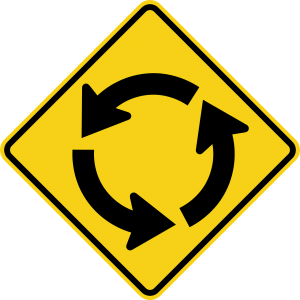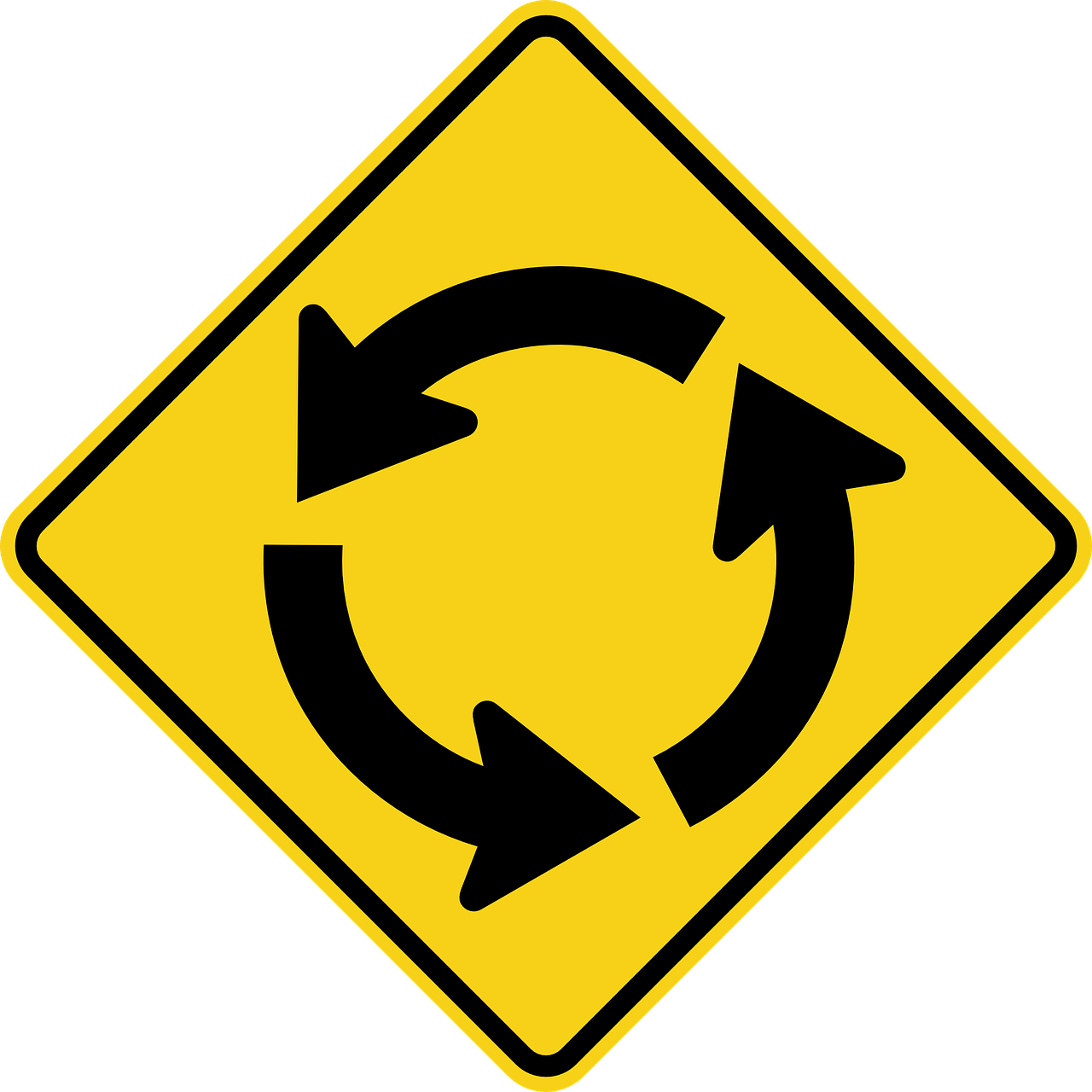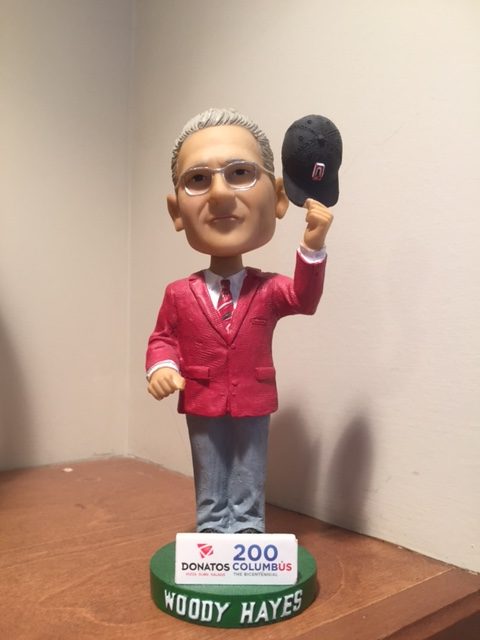Fix Sales: Knowing Buyer’s Journey is like Creating a GPS for Your Sales Process
The quickest path to creating a repeatable sales process that drives sales growth is understanding the journey your buyers take today. How do your buyers buy? Why do they buy? Why don’t they buy? What do buyers in your market need to have to make a buying decision today? One we have answers to these questions we can create a repeatable sales process that drives profitable sales growth. A sales process that mirrors how your buyers want to buy becomes a GPS for your salespeople.
I was asked to speak at an event for business owners and leaders. I prefer interactive discussions so I asked the room what problems they would like to solve ? We wrote problems on the white board then consolidated the list.
What we agreed as the top three problems these business owners wanted to solve were:
- Finding and hiring good talent
- How do we get found on the internet
- Making sales more predictable and efficient
We agreed I would share my advice for solving business problem #3: Making sales more predictable and efficient because this is a topic I have experience solving. In this post I will share the advice for creating a powerful repeatable sales process that drives sales results.
I asked the business owners and leaders to share how this problem is seen and felt in their organizations
- Financial results
- Service experience
- Overall buying experience
- Turnover –customers and employees
- Margin loss – in an effort to serve the customer we run overtime, we purchase expedited freight, our cost of inventory is too high
- Sales decline
- Morale decline – throughout the organization
- Brand damage
This group was really sharing some great ideas and the above we agreed were the top 8 ways not having a market driven repeatable sales process hurts their business.
Next I asked what one thing could we do that would make this entire list go away? (This question came from one of my favorite books: The Power of One Thing)
The room grew very quiet.
So I asked a simple question:
How do I get to the airport after this meeting is over?
One gentleman started with directions: turn left out the parking lot, at the second light turns right. Stay on that road until it dead-ends and take a left, merge onto the highway and drive North for about 11 miles and look for the airport sign. Exit the highway on the left and follow the signs to the airport and car rental return.
A young lady said I would not send him that way, …and she proceeded to list a series of turns and it had me on the highway much sooner with less turns.
The last person first asked me a question: What time of day will you be driving? If it is between 4 pm and 6 pm you want to stay off the highway and proceeded to give me a very lengthy and complicated series of directions.
I then challenged the room: Why did you all assume I wanted directions from here?
I went on to share how this is the most common problem we have when trying to sell current customers as well as new customers…we assume where the buyer is starting from. After they challenged me that this was not fair we moved on.
I pointed to the maps I drew of each of the directions I was provided with all the turns and so on.
This one, the one with the least amount of turns and steps is what its like to sell a current customer. They already know you, your company, they have some level of trust and they have a logical series of steps they use to buy, and criteria they need to have to make a buying decision. As you can see it has many less steps and hard to get lost.
On the other end of the scale is the direction that did not have me using the highway. This had the most steps, turns and twists to get me to my final destination. This has the highest probability of me getting lost. This is what it is like selling a new customer who has never done business with your company before, never heard of your company before. You will have many steps the buyer will use to build trust. Some of them may fee odd to you.Depending on the study you read, buyers today are completing between 53% and 70%b of their buying journey BEFORE they speak with one of your salespeople. We must know what they are doing!
The last directions resembles selling a current customer a new product or service. The number of steps the buyer takes is more than the short journey but less than a buyer who never heard of you before. They trust you and your company but must be assured this new product or service will completely solve their problem.
Not knowing how your buyers buy and what they need to have to make buying decisions today is a sales sin. (Note sin means “missing the mark”)
It is second only to asking your salespeople to achieve sales growth goals with a dated value proposition that no longer resonates with buyers.
I went on to share your business has common buyers we need to group into buyer personas. Once we do we need to understand how each of these buyers buys and what they need to buy when in the buying process. The more you understand about each of your key buyer personas the more your repeatable sales process and the tools your salespeople are presenting at just the right time will connect.
Eventually an older distinguished gentleman in the third row said: OK I see where this is interesting and important but how? How do you map this process and gather so much information?
Keeping with the sprit of the power of one thing I answered: ASK!
I shared the process I use to interview current customers, customers you lost and potential customers my clients have always wanted to sell. I shared my top 10 questions I use that work in every industry. The only people you do not interview are those currently in the quote process.

What I asked everyone to do is ask the open-ended questions and listen, really listen. What you need to listen for is any place in the buying process the buyer enters a roundabout and goes round and round not making a decision. Listen for any time the journey slows down. . Red lights, if you will, in our driving example. What criteria does the buyer need to have and when? This is like me looking for the airport sign on the highway with enough time to still change lanes. Listen for any road construction that has changed how they buy in the last few months causing them to detour from their old buying process.
I closed our discussion with:
The best way to make your repeatable sales process effective and efficient is taking the time to understand your buyers, the process they are using and the criteria they need and when in todays market.
Put another way….
“Knowing your Buyer’s Journey is like creating a GPS for your Sales Process.”
– Mark Allen Roberts
Your salespeople’s and marketing’s activities will mirror how your buyers want to buy and provide buyers the tools they need at just the right time in the buying journey to close more sales. When I used this process with a company their sales to close % increased over 20 % and we added over 250 new customers in the last 18 months… (but I am getting ahead of myself as that is my next post)
How about your company?
Do you have a repeatable sales process? Are you sure?
How is it working? Are you hitting your sales numbers?
Does someone on your team clearly understand how your buyers are buying today? Who?
Does your team clearly understand what your buyers need to buy and when?
How effective is your team’s sales process?
How efficient is your team’s sales process?
Does your team know when a buyer is entering a roundabout, and what to do to get them back on the buying journey?
Is your team showing any or all of the above symptoms of not having a defined repeatable sales process?
Could your buyers be taking a detour while your salespeople keep selling the same way and unaware ?
The markets we serve are dynamic. We must tune into how buyers buy and what they need to buy today. Market shifts and other changes happen all the time that can cause sales growth to stall. Market leaders are constantly asking their markets how they buy and what they need to buy. Leaders identify detours early and adjust.
In my next two posts I will share examples of how adjustments to the sales process and adding new tools resulted in increased sales results and lowering the cost of sale.










